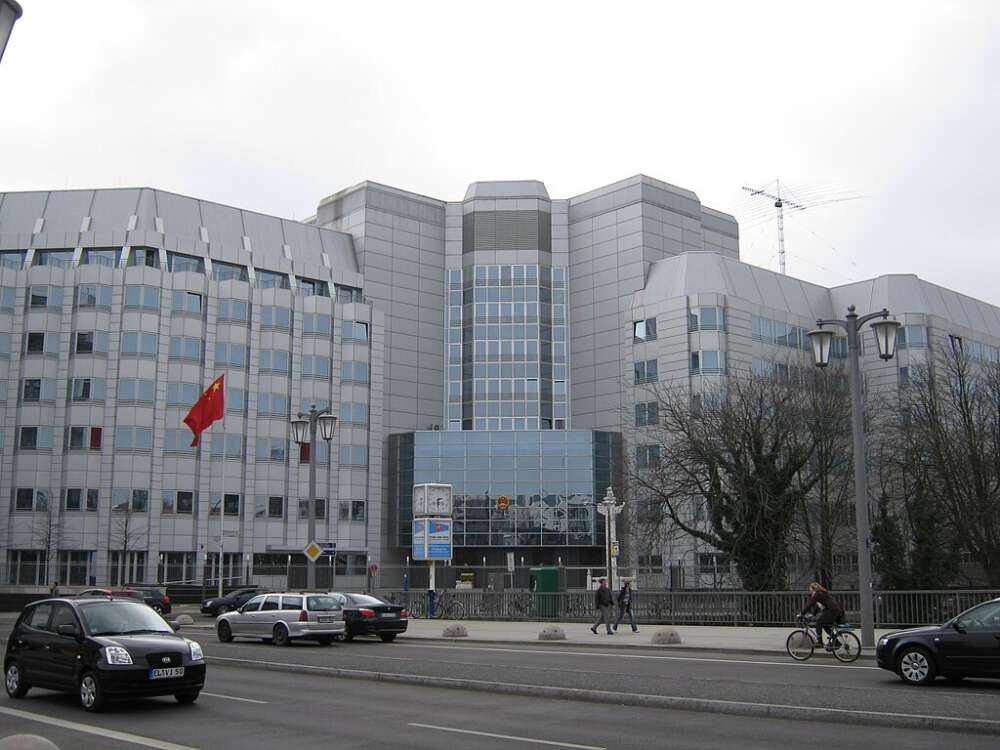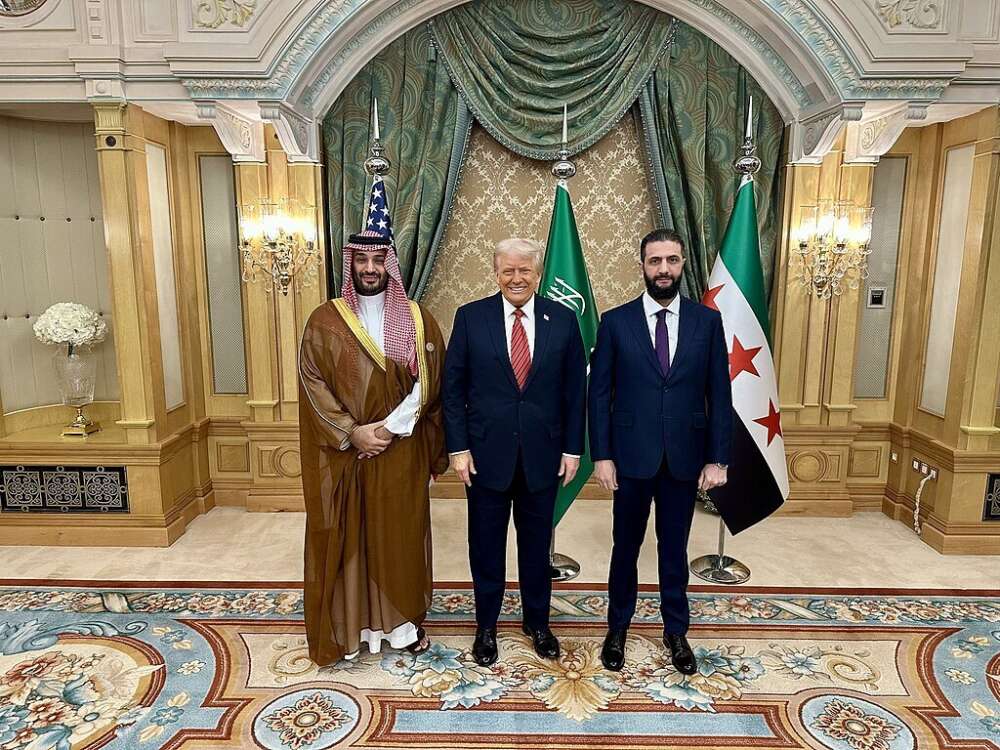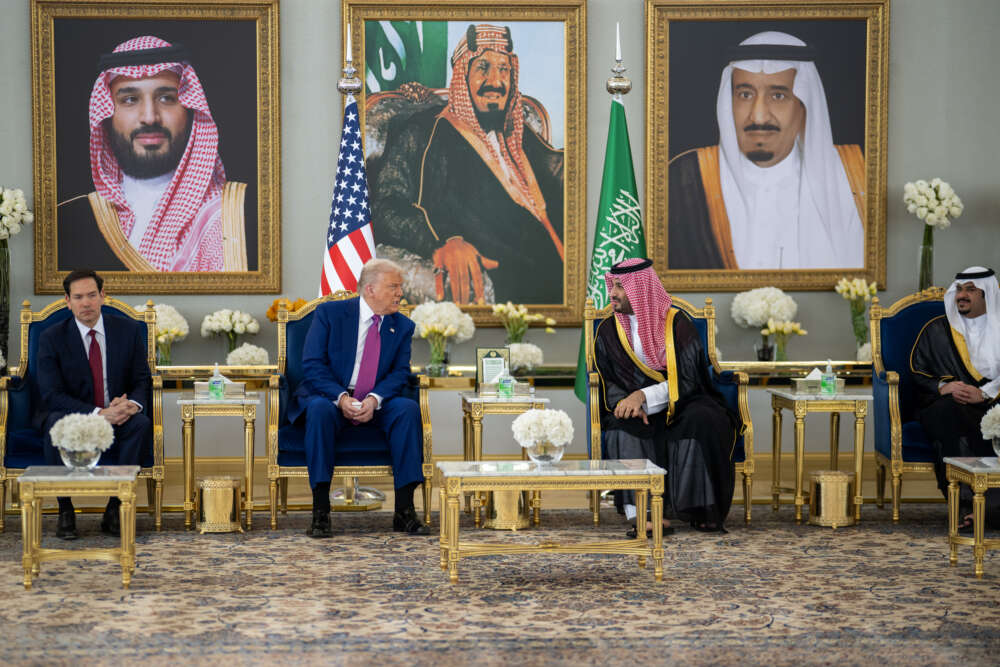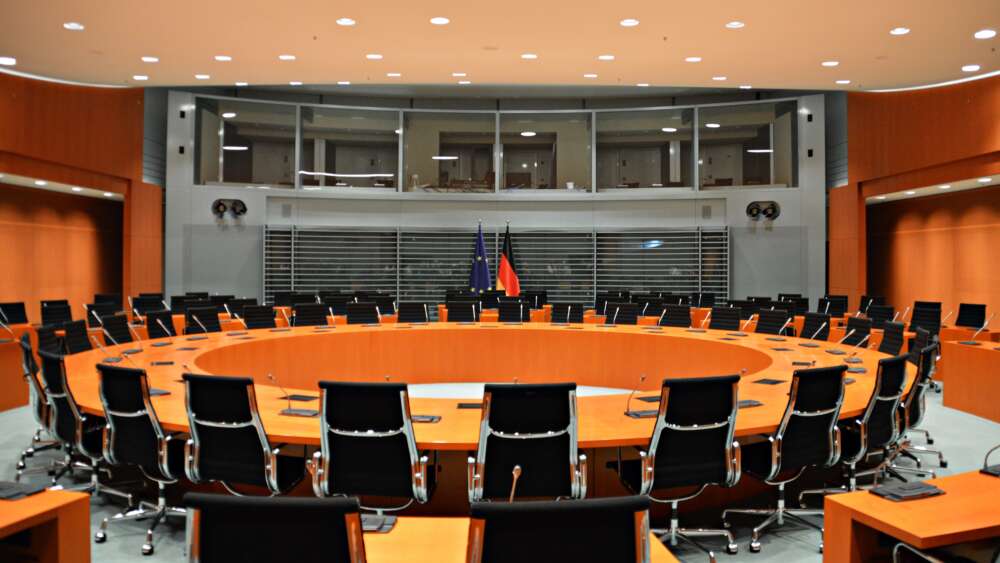India’s Kashmir Dilemma
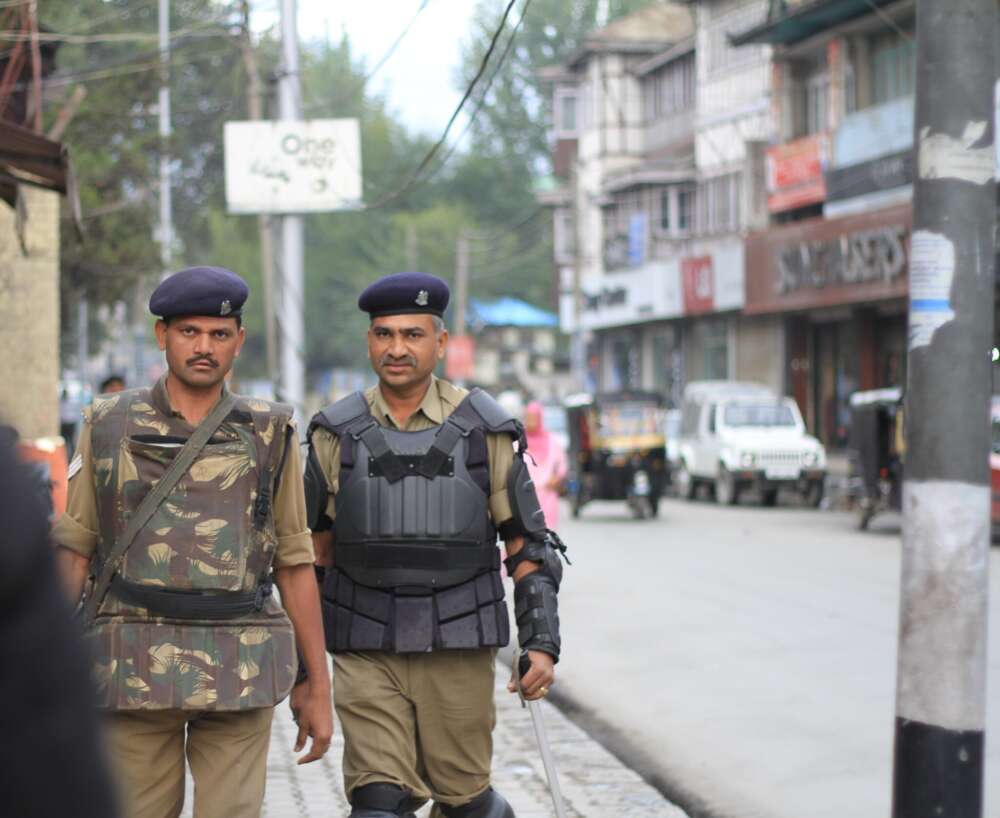
By the 100th anniversary of its independence in 2047, India aims to have achieved the status of a high-income country and a great power. To do so, the world’s most populous country needs an average growth rate of 7.8 percent over the next 22 years. This is a mammoth task, and the eternal conflict with arch-rival Pakistan only serves as a distraction in its pursuit of this goal.
That is why Delhi, after a ceasefire agreement in 2021, tried its best to ignore Pakistan. However, since April 22, that is no longer an option. During the visit of US Vice President JD Vance to India, terrorists killed 26 people near Pahalgam in Kashmir, the disputed region in northwest India, administered by both India and Pakistan. This is the highest number of civilian casualties since the 2008 Mumbai attacks carried out by the Pakistan-based group Lashkar-e-Taiba.
The five terrorists in the idyllic Baisaran Valley deliberately and cruelly targeted Hindus based on their religion. According to survivor reports, they demanded men recite Islamic verses or checked whether they were circumcised. They killed those they identified as Hindus. The goal seems clear: Hindus should not feel safe in the predominantly Muslim, Indian-controlled part of Kashmir. In this way, the terrorists want to undermine the Indian government’s efforts to stimulate the economy.
Two days after the attack, Indian Prime Minister Modi promised to track down and punish each of the terrorists and their supporters. “We will pursue them to the ends of the earth,” he vowed. So far, India has not captured any of the perpetrators. The government believes the culprits are in neighboring Pakistan. At least two of the suspects allegedly received special training in the Pakistani military.
The pressure on Modi to respond militarily has grown steadily over the past few weeks — along with the risk of escalation between the two nuclear powers, which have already fought three wars over Kashmir. On Wednesday, May 7, India conducted “Operation Sindoor,” striking nine terrorist infrastructure targets inside Pakistan. India emphasized that the strikes were “measured, responsible, and designed to be non-escalatory in nature. No Pakistani civilian, economic or military infrastructure was targeted.”
Over the past decade, India has successfully decoupled itself from Pakistan on the global stage. In 2019, the Indian government attempted to stabilize Kashmir’s development by bringing it under direct union control — without involving Pakistan. According to Indian strategist Happymon Jacob, “through the terror strike, Pakistan has tried to deflate the Indian argument that Kashmir can be stabilized without Pakistan. For India, the challenge is to choose a response which doesn’t end up hyphenating Kashmir with Pakistan and re-hyphenating India with Pakistan.”
A Flashpoint Between Three Nuclear Powers
Kashmir is a flashpoint in the relationship between the three nuclear powers: India, Pakistan, and China. Not only are there unresolved territorial disputes between India and Pakistan, but 1,600 of the 3,500-kilometer disputed border between India and China runs through Kashmir.
India considers all of Kashmir as its territory. After the partition of India and Pakistan in August 1947, Jammu and Kashmir was one of the princely states that initially remained independent. Although Kashmir had a Muslim majority, its local ruler was a Hindu Maharaja. Pakistani officers supported militias that invaded Kashmir from Pakistan. In response, the local ruler acceded to the Indian Union in October 1947, leading to the first India-Pakistan war. Since the 1949 ceasefire, Kashmir has been divided into Indian- and Pakistani-controlled parts along the Line of Control (LoC).
Until 1972, the United Nations played a significant role in monitoring the ceasefire and conflict resolution. Under Indian pressure, the Simla Agreement of 1972 stipulated that India and Pakistan would handle the conflict bilaterally. As South Asia experts Angela Stanzel and Christian Wagner note, Pakistan repeatedly tried to internationalize the Kashmir issue — by provoking crises such as the 1999 Kargil War and by the military and intelligence services supporting terrorist groups targeting India.
Over the past decade, there has been local radicalization in the Indian-controlled part of Kashmir, particularly among young people, driven by social media and ideologically more Islamist than separatist-nationalist. One driver has been the resentment over human rights abuses by Indian security forces.
Pakistan’s founder Muhammad Ali Jinnah called Kashmir Pakistan’s “jugular vein.” This has a hydrological basis, as the headwaters of rivers essential for Pakistan’s agriculture and energy are located in Kashmir. The metaphor also has an ideological dimension. Pakistan sees itself as a homeland for Muslims and considers the state incomplete without Kashmir.
A week before the Pahalgam attack, Pakistan’s Army Chief Asim Munir again used the metaphor in an aggressive speech: “Our stance is absolutely clear, it was our jugular vein, it will be our jugular vein, we will not forget it. We will not leave our Kashmiri brothers in their heroic struggle.” He urged Pakistanis to “tell Pakistan’s story to your children so they don’t forget that our forefathers thought we were different from Hindus in every possible aspect of life.”
Such radical identitarian rhetoric only strengthens Hindu nationalists in India and weakens those who want to preserve India as a secular state.
No Good Options
Delhi has no good options in responding to the latest terrorist attack. It is faced with a dilemma: Large segments of the outraged public have demanded retaliation after the targeted killing of Hindus. This has put the Modi government under pressure to explain why it failed to prevent the attack in the first place and why the perpetrators remain at large. A covert military operation in Pakistan would have not satisfied public demand for retaliation. Open military strikes on Pakistani soil carry a high risk of escalation. A nuclear conflict is less likely, but a broader conventional one is certainly on the cards. India would not lose that, but it would waste valuable military resources needed to narrow the gap with China.
Initially, Delhi limited itself to political measures: Cutting all trade ties with Pakistan, closing the main border crossing, suspending visas, expelling Pakistani military advisers, and suspending the Indus Water Treaty — a significant step given that the treaty survived a number of wars between India and Pakistan since 1960. The measure has potentially dramatic consequences for water-starved Pakistan.
Prime Minister Modi officially gave the military a free hand for retaliation. US Vice President Vance expressed solidarity with India and urged Pakistan to act against terrorists operating from its territory. At the same time, he expressed hope that India’s response would avoid a broader regional conflict. After the Indian strikes on Wednesday US President Donald Trump echoed that. Pakistan did not retaliate immediately beyond heavy shelling across the Line of Control (LoC) between the two parts of Kashmir. It vowed to “respond at a time and place of its own choosing.”
Pakistan appears to be an inescapable problem for India. Indian scholar Pratap Bhanu Mehta outlines compelling reasons: “The paradox of Pakistan is how much its establishment thrives on its own implosion and humiliation. It manages to lose every war yet destroys every peace.” At the same time, Pakistan has made itself indispensable to China and counts on Beijing as a protector. In 2020, India fought a military conflict with China in Galwan, Kashmir. The danger for Delhi is that Pakistan and China may join forces in future Kashmir conflicts.
This is also why Delhi maintains close ties with Moscow. The Soviet Union supplied India with arms when the US sided with Pakistan and remains an important partner. Delhi wants to avoid pushing Moscow closer to Beijing. Delhi’s nightmare is a united front of China, Pakistan, and Russia.
Pragmatic Cooperation with Germany and Europe
European politicians easily get their fingers burnt when commenting on Kashmir. In 2022, then German Foreign Minister Annalena Baerbock learned this when she said at a press conference with the Pakistani foreign minister that “Germany has a role and responsibility regarding the situation in Kashmir” and thus supports UN engagement for a peaceful solution.
This sparked outrage from the Indian government, which saw it as deviating from the 1972 bilateral agreement. The German ambassador had to quickly clarify the remarks. After that, Baerbock and her Indian counterpart Subrahmanyan Jaishankar developed a productive relationship.
Last week, EU foreign affairs chief Kaja Kallas angered parts of the Indian public when she said: “I urge both sides to show restraint and pursue dialogue to ease the situation. Escalation helps no one.” In India, Kallas was accused of double standards, especially when compared to her stance on Ukraine and Russia. Here she had argued that “defense is not provocation” and warned: “Fear of escalation creates self-deterrence.” This past Sunday, Indian Foreign Minister Jaishankar sent a barbed response to Kallas: “When we look out at the world, we look for partners; we do not look for preachers who do not practice at home and preach abroad. I think some in Europe are still struggling with that problem.”
This exchange should not distract from the fact that relations between India and Europe are fundamentally on a good track. Particularly when it comes to cooperation with Germany, there is significant potential, as highlighted in the German government’s “Focus on India” strategy paperpublished in the fall of 2024 — in areas such as trade, advanced technologies, defense, and addressing China as a security and economic challenge.
New Chancellor Friedrich Merz can build on the constructive approach of the previous government and accelerate an EU-India trade deal. The fact that European Commission President Ursula von der Leyen chose Delhi as one of her first trips outside Europe at the start of her second term was well received in India.
Since its founding, India has had to assert itself in a volatile region against China and Pakistan without relying on external protection. After 1989, Europe believed itself to be on the path to perpetual peace. With the return of war to Europe, the weakening of the US security guarantee, and the triple challenge from Russian President Vladimir Putin, Chinese President Xi Jinping, and US President Donald Trump, the global conditions for Europe and India are converging. This provides a strong basis for mutual strategic empathy and the sober pursuit of common interests.
This commentary was originally published by Internationale Politik Quarterly on May 7, 2025.

